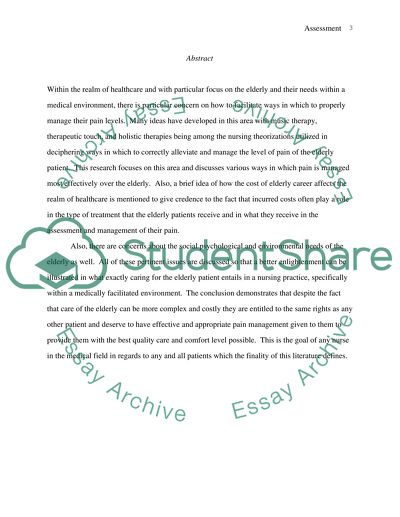Cite this document
(“Pain Management and Assessment Assignment Example | Topics and Well Written Essays - 2000 words”, n.d.)
Pain Management and Assessment Assignment Example | Topics and Well Written Essays - 2000 words. Retrieved from https://studentshare.org/health-sciences-medicine/1507206-pain-management-and-assessment
Pain Management and Assessment Assignment Example | Topics and Well Written Essays - 2000 words. Retrieved from https://studentshare.org/health-sciences-medicine/1507206-pain-management-and-assessment
(Pain Management and Assessment Assignment Example | Topics and Well Written Essays - 2000 Words)
Pain Management and Assessment Assignment Example | Topics and Well Written Essays - 2000 Words. https://studentshare.org/health-sciences-medicine/1507206-pain-management-and-assessment.
Pain Management and Assessment Assignment Example | Topics and Well Written Essays - 2000 Words. https://studentshare.org/health-sciences-medicine/1507206-pain-management-and-assessment.
“Pain Management and Assessment Assignment Example | Topics and Well Written Essays - 2000 Words”, n.d. https://studentshare.org/health-sciences-medicine/1507206-pain-management-and-assessment.


